Assisting Massage Clients with High Blood Pressure
Posted on: July 23, 2012
Massage therapists, especially those who work in medical massage, assist clients with a variety of health conditions including hypertension. In order to provide the best outcome possible, therapists must understand the causes, symptoms, risk factors and treatments for this condition.Hypertension, better known as high blood pressure, is a common medical condition. It refers to the strong force of blood against the artery walls. Hypertension can cause a variety of health problems including heart disease, kidney failure and vision loss.
For most people, the reason for increase blood pressure cannot be identified. Age, race, stress, obesity, tobacco, alcohol, genetics and chronic illness can increase the risk of hypertension. Uncontrolled, it can lead to life-threatening or life-altering heart attack, stroke, aneurysm, kidney problems, blindness, memory loss and metabolic disorders.
Diuretics, beta blockers and other medications are common treatment options for hypertension. Certain lifestyle changes can help people better manage the condition. Many prefer holistic treatment through nutritional supplements and relaxation techniques. Massage therapy, for example, can reduce stress and temporarily lower blood pressure.
How Massage Lowers Blood Pressure
Hypertension is often called the “silent killer” because it produces little or no symptoms, even at seriously high levels. Since anxiety and stress often lead to hypertension, lowering anxiety and stress levels may stave off the problem.
Massage therapies and other therapeutic bodyworks are natural and effective ways to reduce stress and anxiety. Clinical studies have shown a decrease in blood pressure levels with regular, consistent massage treatments. In addition to lowering blood pressure, massage also decreases stress hormone levels. Additionally, it enables people to cope better with depression, worry and anger.
Massage Techniques for Hypertension
Massage therapy has a calming effect on the body, including the central nervous system. Proper massage techniques signal the brain to release “feel good” hormones into the bloodstream. This lowers blood pressure in the arteries, relaxes the heart and improves circulation.
While medical advice for hypertension usually includes prescription medication, gentle massage techniques are good complementary therapy. Swedish massage, with its long and flowing strokes, has the greatest effect on hypertension. Other massage techniques, such as reflexology and cranial-sacral therapy, are also suitable as they promote relaxation.
People with hypertension should carefully monitor their condition and take appropriate means to control it. Blood pressure management may require a combination of treatments and preventive measures, from prescription medication to diet and lifestyle changes. With doctor approval, massage and other therapeutic bodyworks can be an important part of high blood pressure treatment and prevention.


